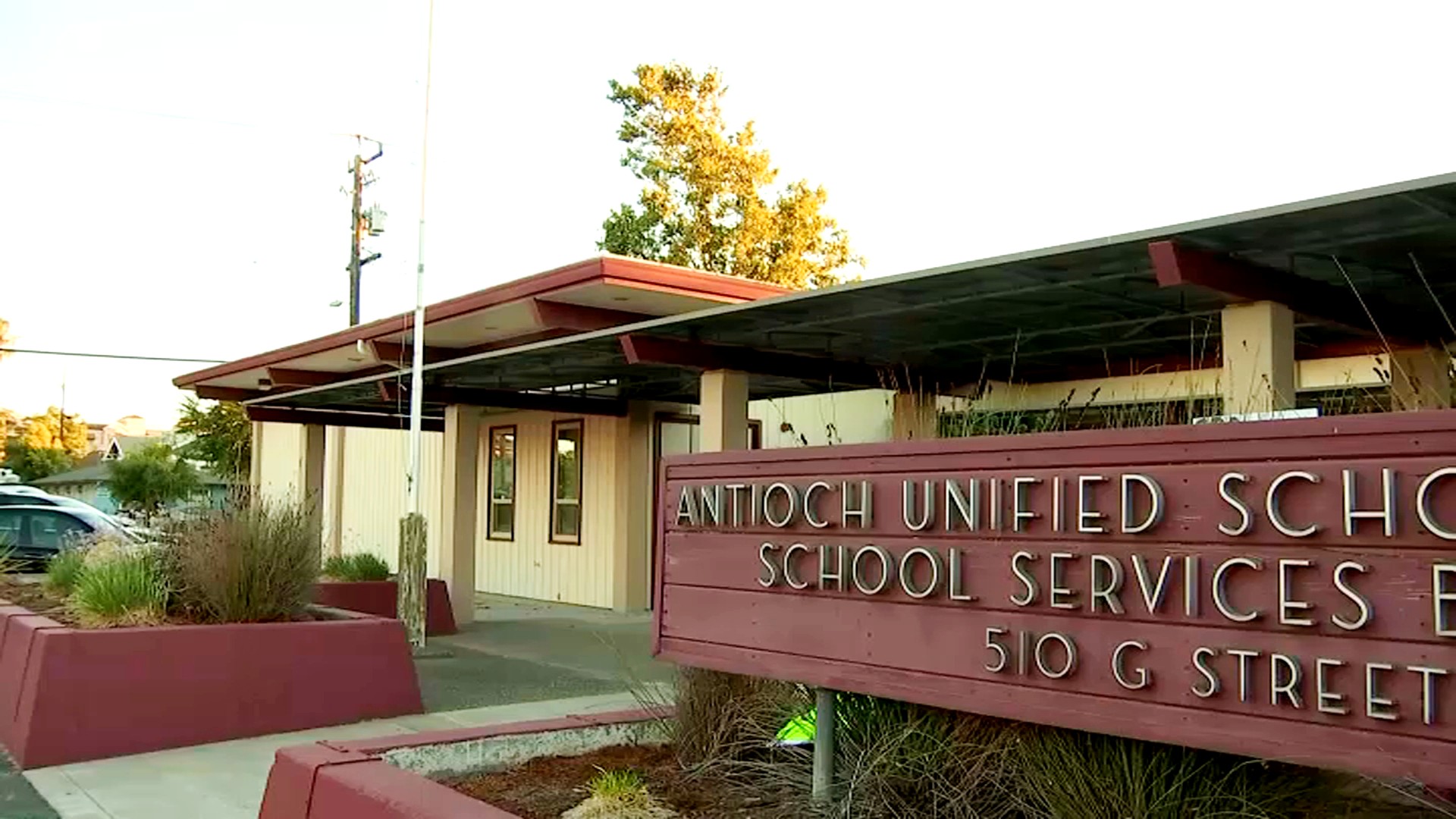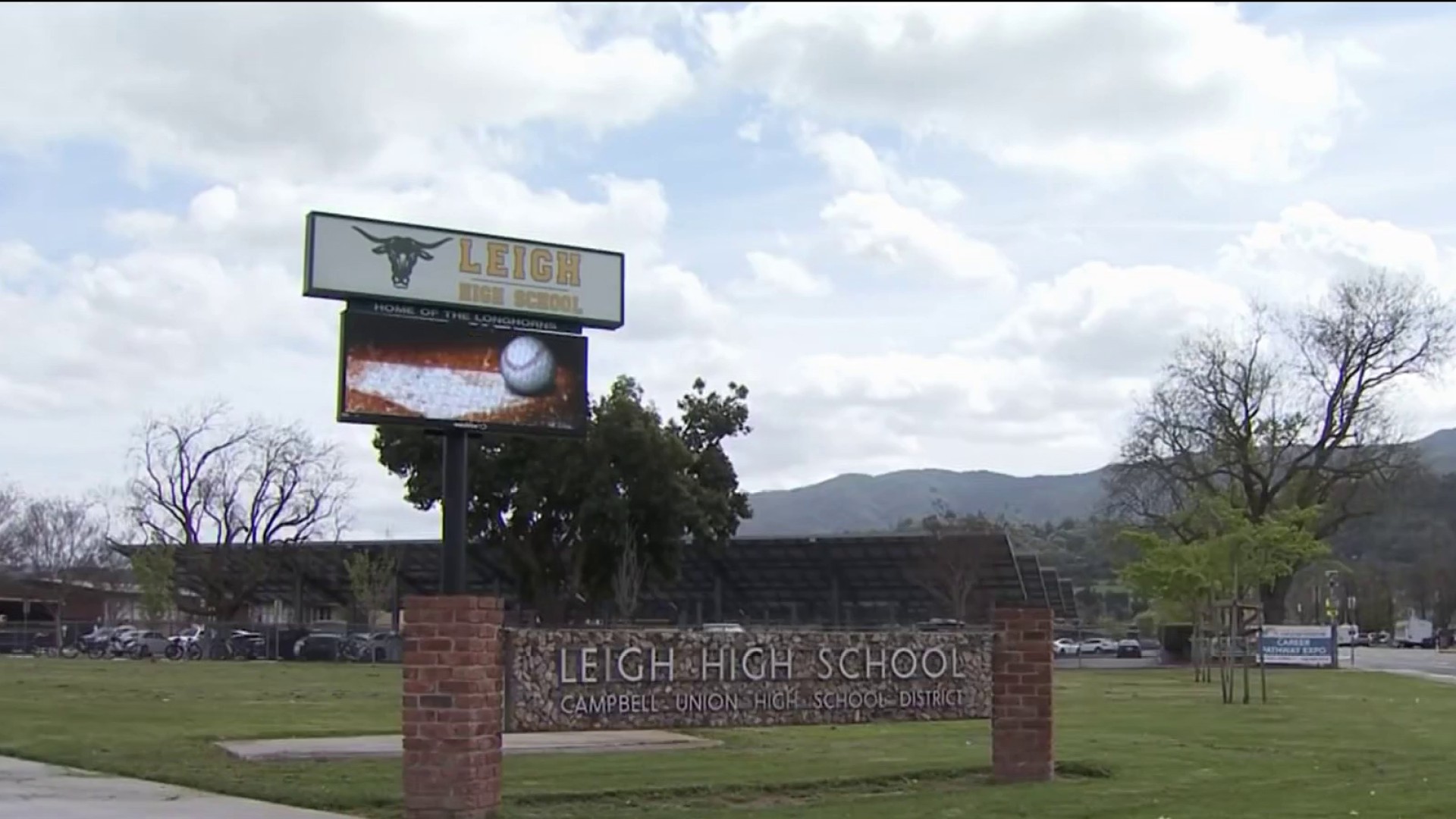An NBC Bay Area analysis of state court disposition data shows thousands of felony criminal cases have been delayed for years, and sometimes even decades, in jurisdictions around California.
The analysis shows Santa Clara County Superior Court and San Francisco County Superior Court have some of the largest criminal court backlogs and the lowest percentage of felony cases resolved within a year in the state.
The same data, sent by county Superior Court administrators to California’s Judicial Council, shows in both 2015 and 2016, Santa Clara County ranked last in the state in the percentage of cases disposed of within 12 months.
A memo released in late 2017 by the Santa Clara County Superior Court disputes that data, claiming the numbers were flawed and inaccurate.
The memo came in response to a civil grand jury report that cited the Judicial Council data and blamed the low resolution rate on “a culture of complacency that tolerates delay.”
The civil grand jury report, which was released in June 2017, looked at the Judicial Council’s 2015 report and showed nearly all of cases resolved that year— 47 percent — were settled without a trial, meaning there was a guilty or no contest plea or the charges were dropped. The data released by the Judicial Council a year later showed the processing time for criminal cases actually fell to 45 percent
The Santa Clara County Superior Court memo says the felony resolution rate is actually closer to 85 percent for that same time frame.
Local
The memo attributes the discrepancy to a miscalculation. It says the report relied on data that only includes “held to answer” cases or those cases where a defendant is kept in custody to answer charges. The court memo says the 85 percent figure includes all of the remaining felony cases in the county.
The memo shows the disposition rate for 2016-2017 dropped to 80 percent.
The adjusted rate still falls below the state average, which in both years, according to the state Judicial Council, is 88 percent. No matter how you calculate the Santa Clara County Superior Court rate, it still falls below similar processing time rates in other counties like San Mateo County, where the 2016 rate was 89 percent, and Sacramento County, where the rate that year was 98 percent.
Judge David De Alba, who is presiding judge at Sacramento County Superior Court, attributes his county’s high disposition rate to a culture of “cooperativeness” amongst the various justice stakeholders in the county. He also credits the county’s use of home courts.
“Many of the criminal filings both felony and misdemeanor cases are filed in what we call home courts, and they stay in those courts unless they can't be resolved and then they're sent to a trial court,” he said.
NBC Bay Area asked to talk to the judge overseeing Santa Clara County’s criminal docket about this issue. The presiding judge for Santa Clara County Superior Courts, Patricia M. Lucas, did sit down to speak about delays in the civil court, saying budget cuts dating back more than a decade were a major causes of delays in civil court.
“It’s not the way we want to run the courts,” Judge Lucas said. “The major backlogs are in family and civil (courts), and there we have wait times for people who have an emergency need for a custody order (or other needs).”
Short staff, short work hours and a lack of funding for administrative and clerical positions have created a crisis according to Lucas.
“I’d say it’s gotten worse (in the last 10 years),” Lucas said. “Because the cumulative effect of years of underfunding is really taking its toll, even in courts that were able to absorb some of (the underfunding) early on. The cumulative effects is really taking hold (now).”
NBC Bay Area also asked to speak to the judge in charge of criminal courts in Santa Clara County. However, court administrators suddenly canceled that interview and said there would be no one available to answer questions about delays specific to criminal court calendars.
The below-average disposition rate in Santa Clara County has a very real impact on the families of crime victims, many of whom wait years for their cases to be resolved, said Santa Clara County District Attorney Jeff Rosen.
“Victims are outraged. (They) are entitled to be outraged. And their District Attorney is also outraged,” Rosen told NBC Bay Area.
“We have a case from 2007 where two men raped and murdered a woman, and that hasn’t been resolved yet. That’s not just unacceptable. It’s outrageous,” Rosen added.
Rosen pointed to other case examples, including the case against Jae Williams and Randy Thompson, two self-proclaimed Satanists who were accused of murdering their high school classmate, Michael Russell, in 2009. Williams was sentenced to 26 years to life in 2014 and Thompson was found guilty in 2016.
Another example: the case against Christopher Holland, who was convicted in 2015 of raping and murdering a teenager named Cynthia Munoz. The crime occurred in 1983, but it went unsolved until 2007 when DNA testing matched Holland to DNA left on the victim’s body. Holland wasn’t convicted until 2015.
While high profile crimes like these can often take a long time to wind through the courts, Rosen said he believes these specific instances involved proceedings that were delayed and prolonged unnecessarily.
Along with a “culture of complacency,” the Santa Clara County Civil Grand Jury report placed blame on prosecutors, defense attorneys and judges who allow the delays to happen. The grand jury cited Rosen’s office in particular, saying one reason for these delays was “the District Attorney’s approach to charging.”
Rosen says he and his office are already working to fix some of the issues enumerated in the grand jury’s report.
“It's true that the courts are underfunded. They are, and they need more funding,” Rosen said. “But it's also true that everybody in government, my office included, has to be more efficient with the taxpayer dollars that we receive.”
Santa Clara County Public Defender Molly O’Neill took issue with the data and methodology used in the grand jury’s report, saying Santa Clara County was closer to average than the grand jury acknowledged. Even so, she admitted more could be done to become more efficient and reduce delays. She says her Public Defender’s office is already on it.
“There's always room for improvement, and we are looking at ways to do that because at the end of the day even though faster isn't better … it is not a good thing to have multiple delays and continuances,” O’Neill said. “So we're looking at it.”
The court calendar backlog problem dates back to 2008, when the economic downturn led to deep budget cuts to California’s courts. The lack of funding forced courts across the Bay Area to reduce office hours, wean staffing, and close entire courtrooms. But for years, those delays affected civil courts almost exclusively; it did not affect criminal court calendars, since the right to a speedy trial after a citizen is charged with a crime has always been a hallmark under both the federal and state Constitutions. Because of that constitutional principle, criminal court has always received priority during tight budget times.
Other counties besides Santa Clara County are feeling the impact too. In Contra Costa County, the felony disposition rate for 12 months or less is 74 percent, according to the Judicial Council of California’s latest 2016 report. In San Francisco, the rate is 68 percent.
“There is a tremendous problem” said San Francisco District Attorney George Gascon.
Gascon says there simply are not enough judges, staff members and courtrooms to handle the caseload in San Francisco.
“We're often being pushed to settle a case in order to clear the docket to make room,” Gascon said. “So, that means that you may have cases that maybe have less import or are not the big homicide or sexual assault, but nevertheless there is a legitimate victim there.”
San Francisco Public Defender Jeff Adachi agrees that there is a “crisis in the courts” due to lack of funding, but he says the court has a responsibility to more responsibly use its limited resources.
“We don't have as many judges, and we have heavier dockets,” Adachi said. “And what we say to that is, well, then you can't prosecute as many cases.”
“And there needs to be a balance between wanting to efficiently handle cases and ensuring that the parties are doing what they need to do in a given case,” he added.
Wherever the blame falls, district attorneys paint a troubling picture of prosecutors routinely facing their own version of Sophie’s Choice, which cases live and which cases die.
“Surely the victim should have a right to have their case be attended to the fullest extent possible,” said Gascon. “And (right now) they're not (being given that attention) to the case. They (the lesser felony cases) are often being sold very cheaply for judicial economy. And this is something that drives us crazy.”
Because of this, he says his office has to prioritize.
“Am I going to spend a week trying a little residential burglary or a theft or fraud? Or am I going to clear the docket on this thing so that I can try the murder case or rape or a robbery or any armed robbery?” Gascon said. “That is a daily exercise for us.”
Even Lucas agreed that the backlog across the board in courts are delaying and thus denying justice.
“I think a delay of that nature (years) is a denial of justice,” Lucas said.



